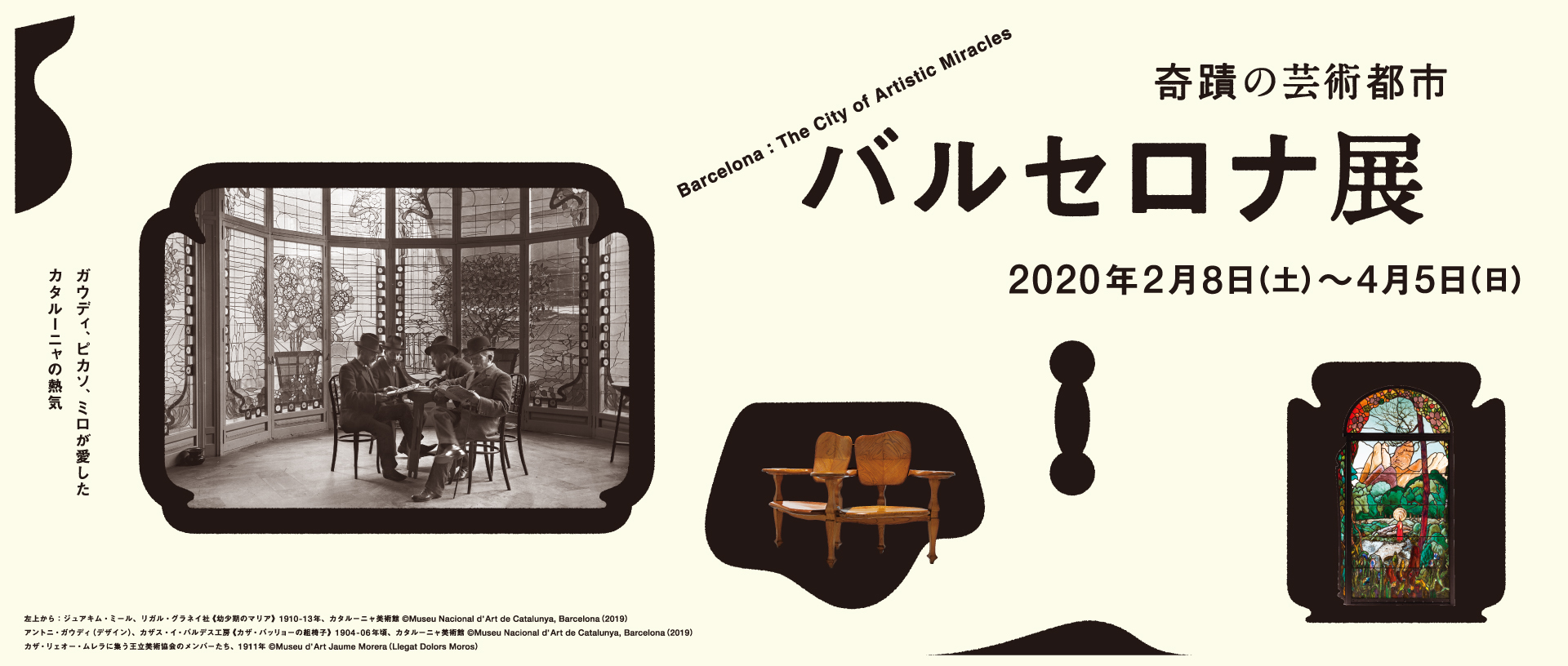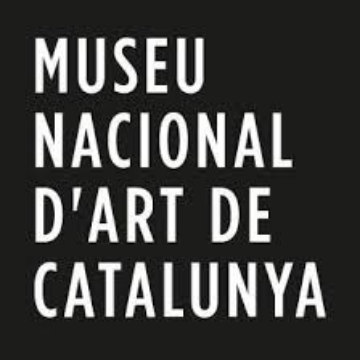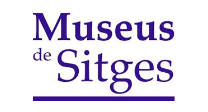
Barcelona: The City of Artistic Miracles
Saturday, February 8, 2020 - Sunday, April 5
- Closed
- Mondays (except February 24 and March 30) and February 25
- Opening Hours
- 10:00 a.m. to 6:00 p.m.
*Fridays: Until 8:00 p.m.
*Last admission 30 minutes before closing time
Outline
- Barcelona, the cosmopolitan capital of Spain’s autonomous Catalonia region, draws many visitors with its plentiful tourist attractions, such as the cuisine, sports, and the World Heritage Site of Sagrada Familia. With France to its north and blessed with a temperate climate due to the Mediterranean to its south, Barcelona has shaped a unique artistic culture thanks to its economic growth and its distinctive language and culture. In particular, the period of roughly 80 years, from the 1850s when the city engaged in modernization, through the time of the 1888 Barcelona Universal Exposition, and up until the Spanish Civil War in the late 1930s was the heyday of Catalan art. Many artists spread their wings in a diverse range of activities in the city during this period. They include architects who helped create the current landscape of the city, such as Antoni Gaudí, Lluís Domènech i Montaner, and Josep Puig i Cadafalch; Picasso, who lived there as a youth; Miró and Dali, who went on from there to win worldwide acclaim; and people such as Ramon Casas and Santiago Rusiñol who made the café Els Quatre Gats the platform from which they transmitted their artistic message. The approximately 130 items on display in this exhibition include paintings, drawings, sculptures, furniture and jewelry. They amply convey the passion that infused fin-de-siècle Catalonia.
Highlights
Ⅰ. Expansion of the city and the 1888 Barcelona Universal Exposition
Although Catalonia lost its autonomy in the War of the Spanish Succession at the beginning of the 18th century, it steadily regained its vitality via trade with the colonies and as the Industrial Revolution progressed. However, population growth in urban areas led to a worsening of public sanitation, and in 1859 Barcelona adopted Ildefons Cerdà’s urban expansion plan. Old walls were torn down and modernization proceeded apace with districts laid out like checker boards. In 1888, the Barcelona Universal Exposition was held. The Renaixença movement to restore the unique language and culture of Catalonia also flourished, and the region’s cultural identity was established.
Ⅱ. Light and Shadow of Cosmopolis
In the latter half of the 19th century, the wealthy bourgeoisie tried to outdo one another in the homes they built. Casa Lleó Morera (designed by Lluís Domènech i Montaner), Casa Amatller (designed by Josep Puig i Cadafalch) and Casa Batlló (designed by Antoni Gaudí), which are built in Passeig de Gràcia, now in central Barcelona, are all famous buildings from that era. Their interiors were adorned with decorative craft design and delightful paintings. Meanwhile, disparities in living conditions bred discontent amongst the working class and often led to rioting, so light and shadow coexisted in society.
Ⅲ. Modernisme : Admiration for Paris
At the end of the 19th century, many artists felt a great admiration for Paris, including Ramon Casas and Santiago Rusiñol who shared lodgings in Montmartre for two years. While in Paris, Rusiñol gained a feel for new artistic forms of expression, and after returning to his homeland he organized a “Festival of Modernisme” in Sitges, a small village on the outskirts of Barcelona. He was aiming for an integration of the arts that transcends the genres of art, music and acting. Meanwhile, artistic movements other than Modernisme were also coming into being, such as the Cercle Artístic de Sant Lluc, which was based on Christian moral values.
[Modernisme: The Catalan word for “modernism”. An artistic style that flourished around the turn of the 20th century and was centred in Barcelona. It was also influenced by Art Nouveau and medieval styles, and had a wide influence in fields such as architecture, literature, and the fine arts.]
Ⅳ. "Els Quatre Gats"
Inspired by the Parisian café Le Chat Noir, Ramon Casas, Santiago Rusiñol and two other friends opened Els Quatre Gats on Carrer de Montsió in Barcelona in 1897. The café became a meeting place for artists and intellectuals, and became a platform for the transmission of Catalan culture, holding many exhibitions, concerts, puppet shows and public readings, and even publishing a magazine. The young Picasso sketched many of the Els Quatre Gats regulars, and it was here that he held his first exhibition.
Ⅴ. Noucentisme: Gazing to the Mediterranean
As a result of Spain’s 1898 defeat in the Spanish–American War, conservative thinking which emphasized their own ethnicity gained strength in Catalonia, a region where clashes with the central government had become more intense. In the arts, a movement called Noucentisme (literally “1900s-ism”) came into being. It was characterized by a return to a Mediterranean civilization that flourished in the past. The 1929 Barcelona International Exposition was an occasion that underlined how the main force in Catalan arts had changed from Modernism to Noucentisme.
Ⅵ. Rise of Avant-garde and to Spanish Civil War
At the urging of Galeries Dalmau, Miró and Dali followed in Picasso’s footsteps and moved to Paris in the 1920s. It was not long before they played a leading role in the Surrealist movement. There was also an avant-garde movement in the world of architecture, with a group being formed by Barcelona architects who had been influenced by Le Corbusier. And then the Spanish Civil War broke out in July 1936. The Rebel faction led by Francisco Franco fought against the Republican faction, which included Catalonia. During the struggle, the Rebel faction bombed the Basque town of Guernica. Picasso and many other artists were galvanized into action.
Information
- Admission Fee
-
Adults (at the door): 1,300 yen, High school and University students (at the door): 1,100 yen
Adults (advance ticket): 1,100 yen, High school and University students (advance ticket): 900 yen
* Junior high school students and younger: Free
* For groups of 20 or more, admission fees are 800 yen for adults and 600 yen for High school and University students, but this discount is only available between February 9 and March 27.
* Persons with a disability certificate or similar receive a 100 yen discount on tickets purchased at the door, and one accompanying helper is admitted free.
Tickets can be purchased at
Tokyo Station Gallery (until 30 minutes before its closing)
Lawson Ticket(L-code=33891)、E Plus、CN Playguide 、Seven Ticket
* Advance tickets are on sale from December 7, 2019 to February 7, 2020.
* Advance tickets are on sale at the Tokyo Station Gallery reception desk until January 26, on museum open days.
* Free Admission for Student ID holders from March 1 to March 15.Canceled
- Organized by
- Tokyo Station Gallery (East Japan Railway Culture Foundation)
- With the special cooperation of
- Museu Nacional d'Art de Catalunya, Cau Ferrat Museum
- Special sponsors
- MASRIERA KRASSONS JAPAN, Live Art Books Inc.
- With the support of
- Embassy of Spain in Japan, Generalitat de Catalunya, Catalonia Trade & Investment, Consulate-General of Barcelona, Instituto Cervantes Tokio, Associació Japonesa d’Amistat amb Catalunya
- Special subsidy from
- Institut Ramon Llull, Consorci del Patrimoni de Sitges
- With assistance from
- JAPAN AIRLINES
- In collaboration with
- Kobe Shimbun, Curators Inc.
- Special cooperation
-






